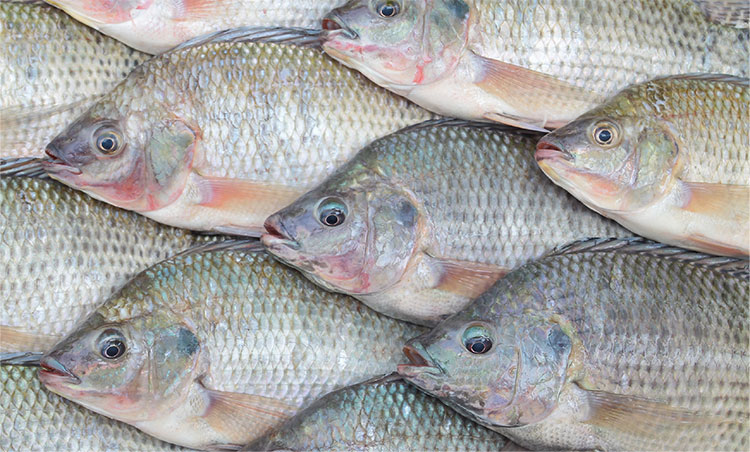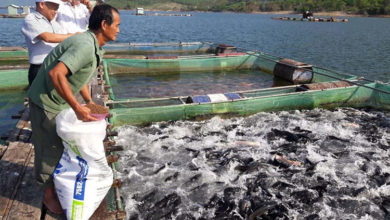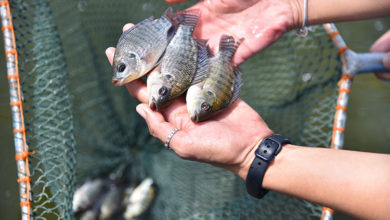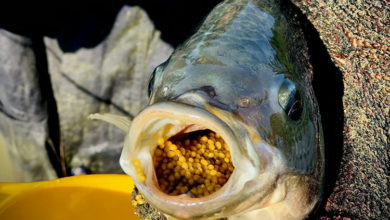Vietnamese tilapia: Ready for prime branding
Vietnam’s seafood sector is placing renewed focus on tilapia as a promising export product, with growing calls for the development of a national brand and standards under the name “Vietnam Tilapia – V-Tilapia.” Such efforts are expected to unlock significant potential in both domestic and international markets.
Untapped potential in production and export
While shrimp and pangasius remain the backbone of Vietnam’s seafood exports, tilapia is emerging as a strong contender thanks to expanding farming areas, increasing production, and a growing number of processing facilities geared toward value-added products.
According to the Directorate of Fisheries under the Ministry of Agriculture and Environment, the area devoted to tilapia farming has grown by nearly 44% over the past decade, now covering close to 43,000 hectares. Annual production has reached 316,000 tons. Export revenue has also surged, from just under USD 6.3 million in 2023 to approximately USD 30 million in 2024. In Q1/2025 alone, tilapia exports hit nearly USD 14 million, up 131% year-on-year.

The United States is currently the largest importer of Vietnamese tilapia, accounting for 46% of total export volume. Key products include whole frozen fish, frozen fillets, and other processed tilapia meat.
Despite these positive trends, questions remain over why tilapia has yet to establish a strong market identity. Speaking at a recent industry conference in Can Tho, Director General of the Directorate of Fisheries, Tran Dinh Luan, acknowledged that tilapia had previously been identified as a potential strategic product but failed to meet the economic value threshold needed to qualify for national product status.
Looking ahead, U.S. tariff policies may put downward pressure on global tilapia prices, as some exporters redirect supply to alternative markets, Vietnam included. Meanwhile, Vietnamese tilapia faces additional challenges such as stringent environmental standards, high production costs, underdeveloped supply chains, and inadequate processing infrastructure.
Establishing the V-Tilapia brand
One of the most pressing issues is the lack of stable market access. According to Pham Thanh Trung, Deputy CEO of Vina Agro-Forestry Feed JSC, tighter linkages between farming operations and processing plants are essential to stabilize supply chains and meet export standards. “Most buyers require fish of at least 500 grams each,” he noted.
Luan echoed the importance of building an integrated supply chain. “Without it, we cannot establish a recognized national brand for Vietnamese tilapia,” he said.
Encouragingly, Vietnam has made recent progress in developing high-quality tilapia broodstock and seed production, with research institutions leading efforts to improve breeding and genetic resources.
Data from the Vietnam Association of Seafood Exporters and Producers (VASEP) shows global tilapia production reached 7 million tons in 2024, generating around USD 10.6 billion in cross-border trade. That figure could grow to USD 14.5–15 billion by 2033.
Nguyen Hoai Nam, VASEP’s Secretary-General, emphasized the need for stronger government coordination in zoning and resource allocation to support tilapia farming. “Local authorities must designate suitable water bodies specifically for tilapia,” he said.
VASEP and industry leaders also advocate for a coordinated strategy to develop the V-Tilapia brand, with clear standards and targeted programs. Tapping into underutilized reservoir areas could further expand production, helping Vietnam compete in a global market that is ripe for growth.
VFM






